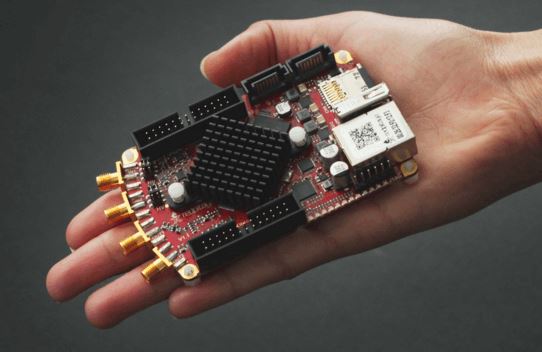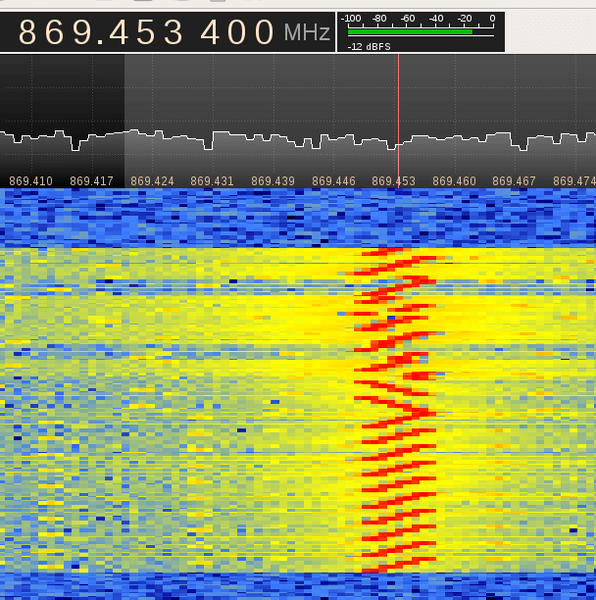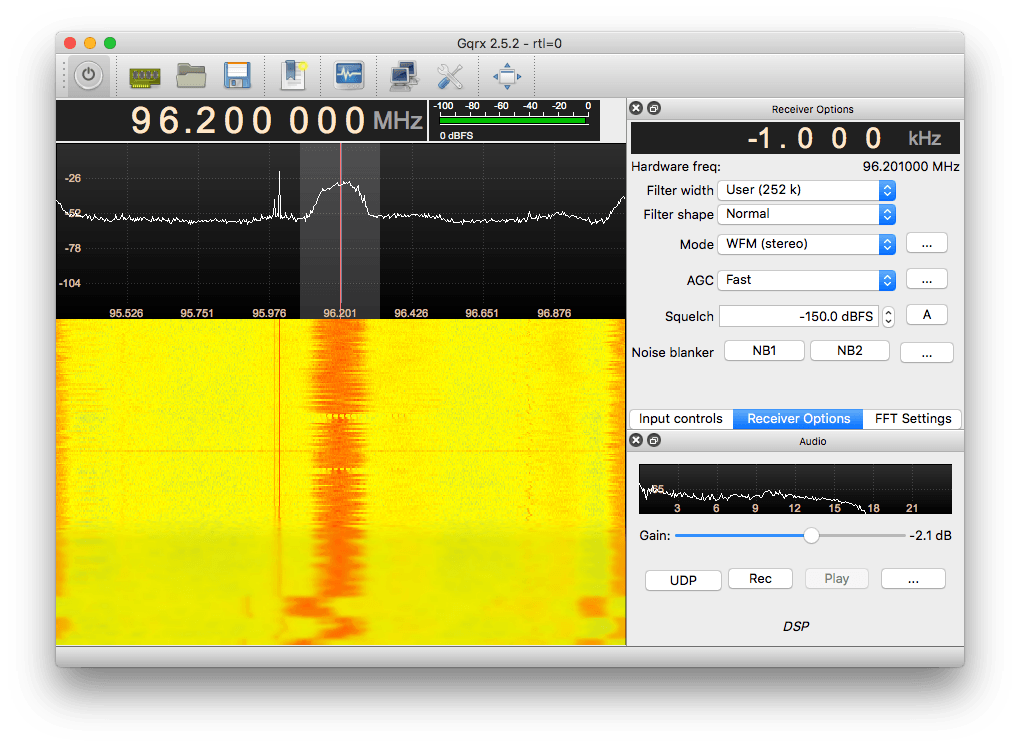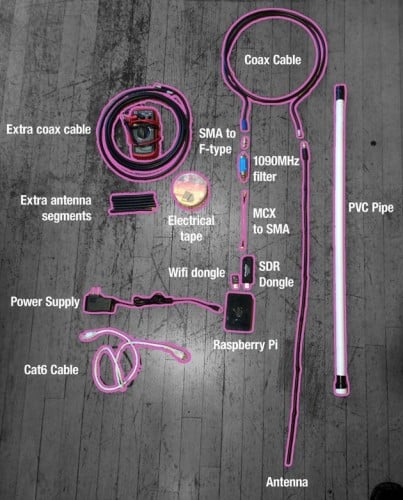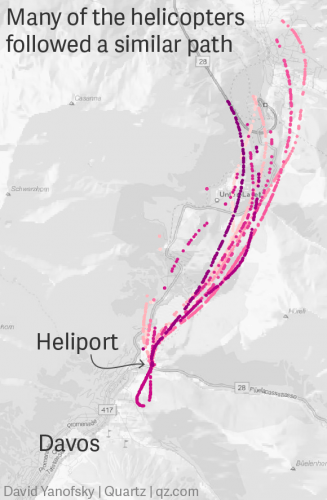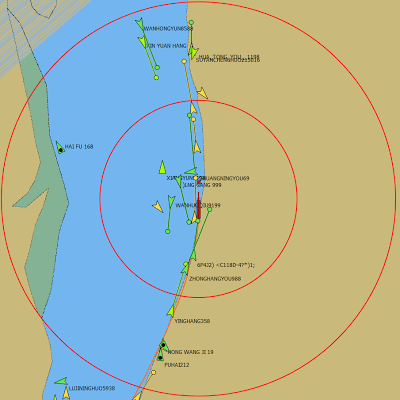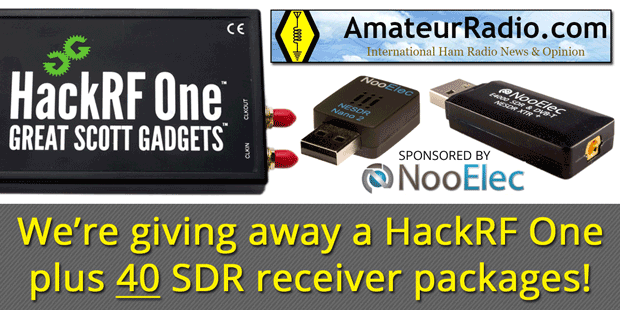Firstly, thanks to all who entered our competition. We saw a huge response and learned a great deal about what the RTL-SDR community is up to these days. I encourage everyone to take a look through the comments on the competition post if you’re looking for project inspiration.
We ran competitions on Twitter, Facebook, the competition post itself and on our mailing list. We randomly chose 5 winners from each competition and will be sending them each one of our RTL-SDR Blog dongles. The 20 winners have now been selected. If you missed out, don’t worry – we hope to do more competitions like this again this year!
Facebook Winners!
Winners, please check your Facebook private messages. If you don’t see it, the message may be hidden in the spam inbox.
Zim Zimmerman – Currently working hard to overcome the NOISE related to living in an apartment complex in a Seattle suburb! TWO band pass filters; shielding via Al foil wrap and a directional antenna have helped. As hams say; “Good luck in the contest OM!” 73 K4IES
Sammy Truong – Exploring quickpass highway toll system.
Jimmy Vance – Just getting started with SDR dongles. For now will use them as general purpose receivers and spectrum analyzers
Amy Cstar – I’m a newbie and I’m hoping to use this to listen to the ISS
Cezar Lesanu – Already running a radio meteor detection setup on RMOB and frequency stability and shielding are issues:http://www.rmob.org/livedata/main.php#Cezar Lesanu_ROAN@USV
Twitter Winners!
Winners, we’ve publicly tweeted you asking you to please email us directly. Please also tweet back at us confirming that you’ve received our notification.
Xizt @RECEPTORR – Will use RTL-SDR dongle for learning wide band signals and monitoring Ham radio bands.
Rooster Mcdoogle @RoosterMcdoogle – My first SDR project is going to be identifying/decoding local signals, and then satellites.
Sparkie Nelson @SparkieNelson – Need a cheap spectrum analyzer for balloon beacon transmitter development.
DPini @DPini – Right now, I’m trying to build a QFH antenna. My intention is to recieve NOAA and CubeSats
D M Miller @bentmg – Hoping to set up a dedicated sdr to decode some DMR and NXDN signals in my area for streaming if I win the giveaway!
Blog Comment Winners!
We’ve emailed all blog comment winners using the email address that was provided. Please check your spam folder if you don’t see it, or contact us directly.
Jeff – Portable rf spectrum analysis
Stephen McBain – Starting out at the basics and using a dongle to decode different signals and just learning radio.
Matt – I’m working on building a WebSDR in Bucharest with full coverage from ~15mhz to ~1700mhz (R820T2 upper limit)
John Wilkerson – I use dual dongles for monitoring p25 trunked systems, as well as aircraft tracking.
Bryan – I’m pairing the RTL-SDR with my TS-940SAT and DXLab Commander + SDR# FTW.
Mailing List Winners! (Emails obscured for privacy)
We’ve obscured the winning emails for privacy, but we’ve emailed these winners now. Please check your spam inbox too!
g___e__e.r_i___i@____.com
j____p__a@____.com
v___o_t@________.ca
m_r___n@________.net
d_b___l_+_t_s_r@_____.com
